11 True Stories That Prove Real Life Doesn’t Need a Screenplay

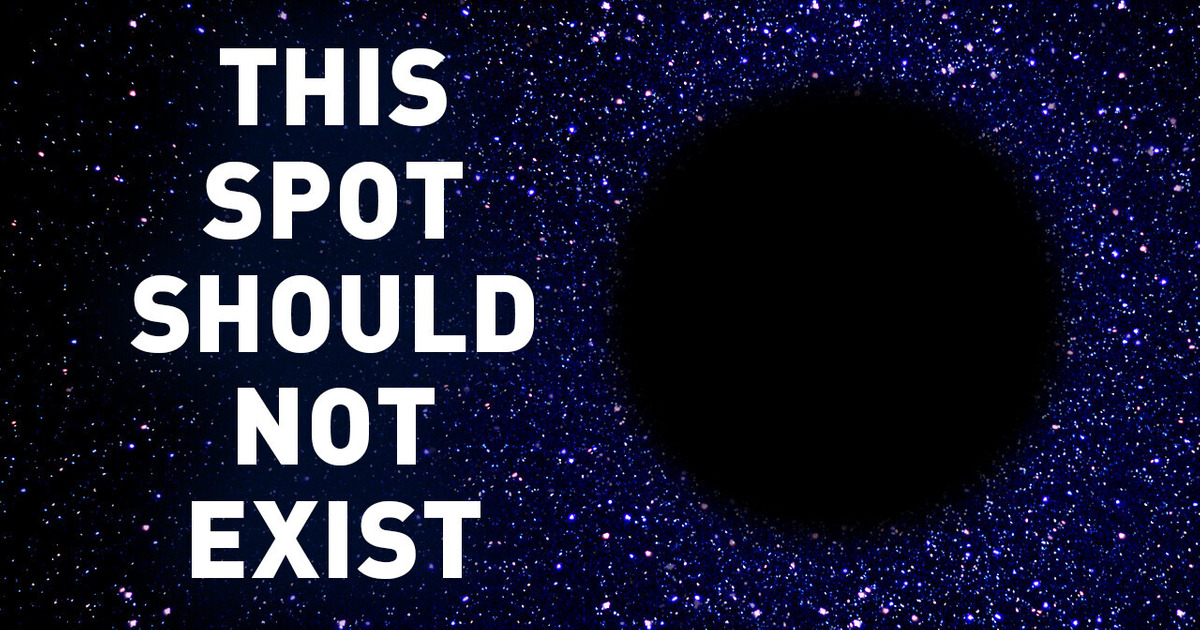
There’s this mysterious thing in space. An unusual spot that scientists haven’t been able to explain for more than 15 years. There are different theories, and one of them says that maybe this is an imprint from a collision with a parallel universe. Is this true? Well, let’s see.
Take a look at this map. This is the map of our Universe. Well, not really. This is actually the map of Cosmic Microwave Background radiation, or simply CMB.
Many, many billions of years ago, there was a Big Bang. It was so powerful that it created our entire Universe. And, of course, such an event couldn’t occur without leaving some consequences. And these “consequences” are literally EVERYWHERE.
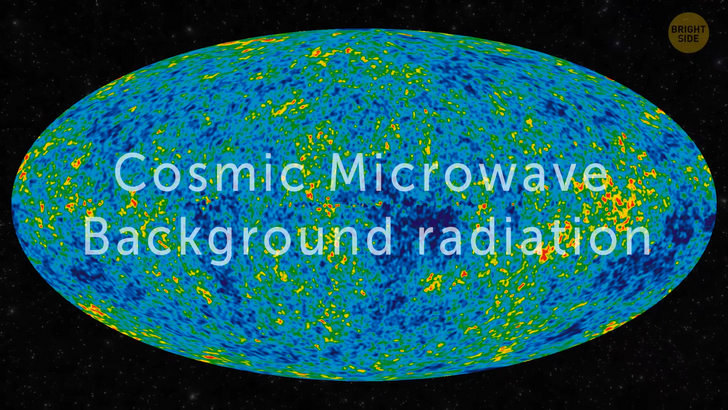
The Big Bang left electromagnetic radiation, which we know as CMB. We don’t notice it in our daily lives, but it’s literally here, under our noses. And if you had some kind of superhuman vision, you would see how everything around you shines with this dim light. This radiation is VERY important. If we hadn’t discovered the CMB, we would have never found out about the Big Bang.
Previously, scientists believed that the universe had always existed. There was no beginning, and there won’t be an end. It sounds pretty ridiculous to us now, but less than a century ago, people were absolutely sure of it.
Stephen Hawking was one of the first scientists to guess that the Universe did, in fact, have a beginning. The guy was so cool that he realized this AS A STUDENT while working on his doctoral dissertation. But, unfortunately, he had no proof.
“If there was such a strong ‘bang’ billions of years ago, then where are the traces? Where’s the proof?” laughed people who believed in the “eternal static Universe” theory. But don’t worry — they had the proof rubbed in their faces real soon.
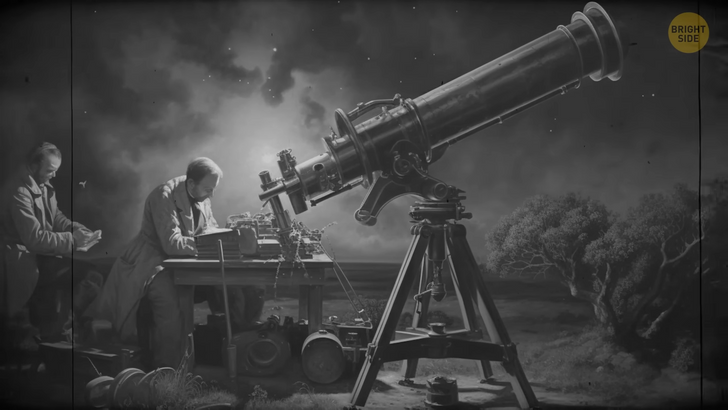
In 1965, astronomers Arno Penzias and Robert Wilson discovered CMB. And that was the first grandiose proof of the Big Bang. It turned out that radiation was everywhere — we just didn’t notice it. In fact, at first, Penzias and Wilson themselves mistook it for the noise of a big city, or pigeons, or something else. For their discovery, which turned the world of science upside down, they received the Nobel Prize.
Alright, so people learned that they were surrounded by electromagnetic radiation. Then, they started collecting more data about it. They accumulated more and more info over the years until they made this very map. This is a map of CMB temperatures. But while creating it, scientists discovered something unusual.
Let’s take a look at this map. It looks like a large and diverse pattern of cold and warm places. But in reality, our Universe is quite uniform. All temperatures on this map are close to −455°F with very little difference. All temperature fluctuations between these places are small, and each tiny speck actually spreads over millions of light-years.
So, everything in our world is pretty calm and stable. Except for one point. This “cold spot” right here. Astronomers first discovered it in 2004. First, it looked like nothing unusual. It’s just a region where the temperature is below average for a couple of microkelvins. But remember, we’re not talking about a small area. This is a GIANT cold region. It’s literally BILLIONS of light-years in size!
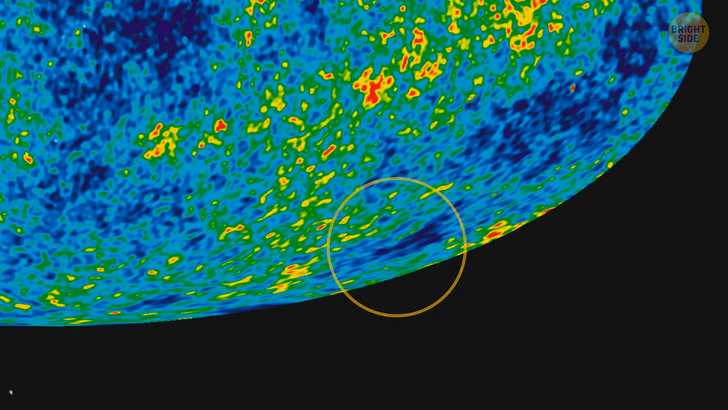
“Wait,” the scientists thought. “This can’t be true. The Universe should be consistent everywhere! According to our standard model, this cold spot simply shouldn’t exist!” But it does exist, though! This isn’t just some mathematical error. It’s right there.
So, what is this cold spot? And how did it appear? Astronomers have been trying to find the answers to these questions for years. Even now, we have only a few theories. So let’s discuss them all.
Theory 1: cosmic texture. This idea was brought up at the end of 2007. Then scientists suggested that this cold spot could be the “hills of space.” In other words, it may be a “bumpy” region of the Universe, just part of its texture. But that’s a silly explanation, so this theory was quickly discarded.
Theory 2: the “supervoid.” This hypothesis was considered the most plausible for a while. It stated that the cold spot was actually the so-called “supervoid.” It’s a terrifying, dark place of our Universe with almost no galaxies. And because it’s an empty region with almost no stuff in there, it seems “cold” to us.
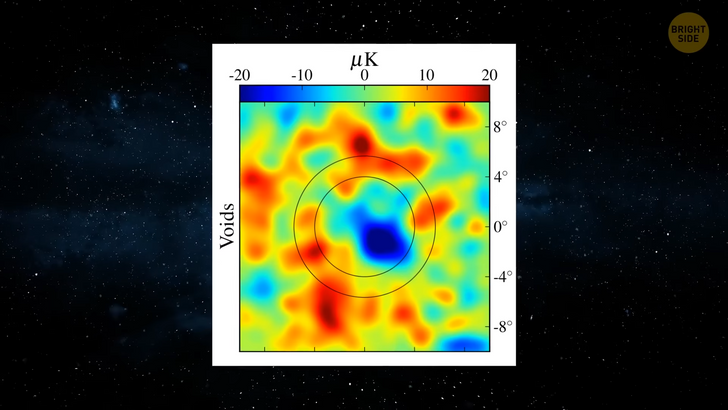
However, this theory was refuted in May 2017. After carefully examining the cold spot, scientists found out that there were no signs of a supervoid there. Moreover, voids and supervoids — which actually exist, by the way — are still very small in size. The cold spot is literally thousands of times bigger than them. So there must be some other explanation. And there is one. Perhaps the most bizarre of them all.
Theory 3: a parallel universe. This controversial idea was put forward by cosmologist and theoretical physicist Laura Mersini-Houghton. She suggested that the cold spot could be an imprint from the collision of our universe with a parallel one. “Standard cosmology cannot explain such a giant cosmic hole,” says Mersini-Houghton. “This is the unmistakable imprint of another universe beyond the edge of our own.”
Her assumption is based on the theory of the multiverse. This theory says that there’s actually an infinite number of universes like ours in the world. They constantly collide with each other, giving each other a “push,” which creates a new Big Bang. So maybe the cold spot is a “bruise” from such a collision?
For quantum mechanics, such crazy theories are pretty common. But for standard physics and our simple understanding of the world, this is earth-shattering. Of course, we need strong evidence. And Mersini-Houghton’s team has begun to work on it. Professor Tom Shanks from the Center for Extragalactic Astronomy at Durham University also participates in this research. “The craziest-sounding of the exotic models for the explanation of the Cold Spot, the multiverse is actually the most standard in terms of our current model of the universe,” he wrote in one of his works.
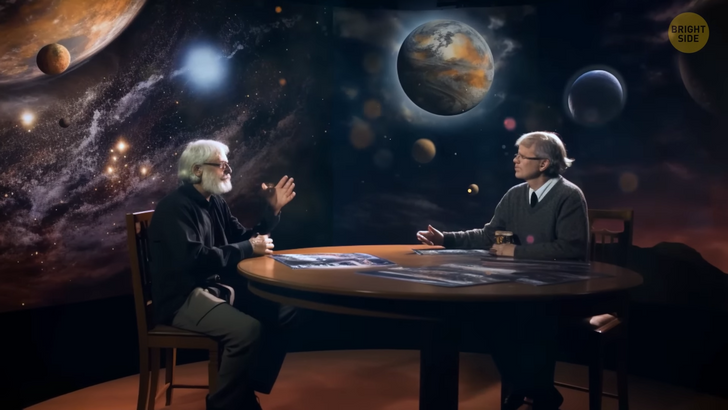
So, what evidence do we need? Well, our cold spot is located in the Southern Hemisphere. According to Shanks, if there really was a collision between two universes, we should find another cold spot, and it should be in the opposite, Northern Hemisphere. If astronomers actually found it, this theory would be confirmed. And it’d become the first proof of the existence of a parallel universe.
But it’s not that easy. To find a second spot, we need the latest, highly sensitive telescopes. We also need to find out some info about the nature of dark energy, how it affects space, and... In other words, there’s still a lot of work to do.
Not so long ago, scientists actually believed they had discovered the second spot. Researchers from New Mexico thought they had found it in the Northern Hemisphere. But unfortunately, this is likely to be a mistake. The map these researchers used had a high measure of randomness. So it’s possible that their “discovery” is just an accident caused by other voids.
So basically, we haven’t found another cold spot so far despite careful analyses. But, again, even the best modern equipment is not perfect. And it doesn’t mean that there’s no second spot — it just means that we haven’t found it yet.
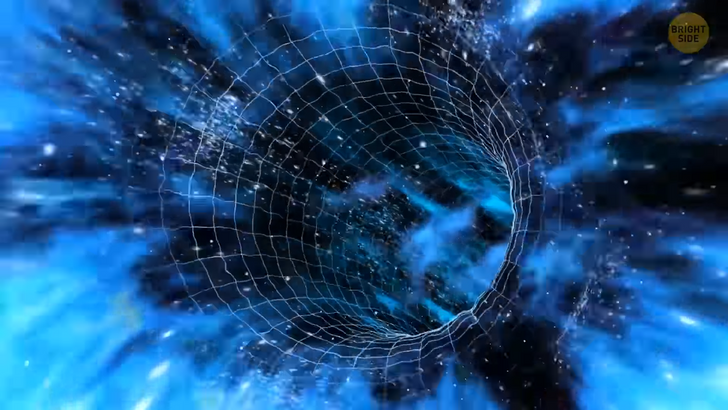
But if one day we did find it, it could change the world of science forever. We’d confirm not only the theory of parallel universes but also the famous string theory. And it could explain everything that occurs in our world.
But if this happens, we’ll get even more questions than we already have. How did these two universes collide? How does it all work?
So far, it’s all just guesswork. We can’t claim that the cold spot is a print from the collision of parallel universes. But we can’t refute this either. Actually, we may never know the truth at all. But it’s still interesting to strive for it.











